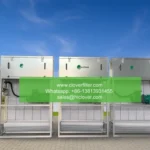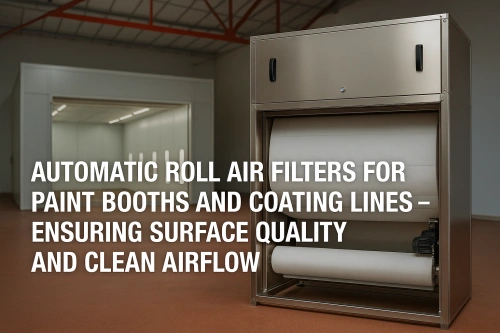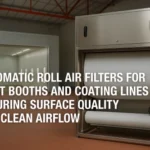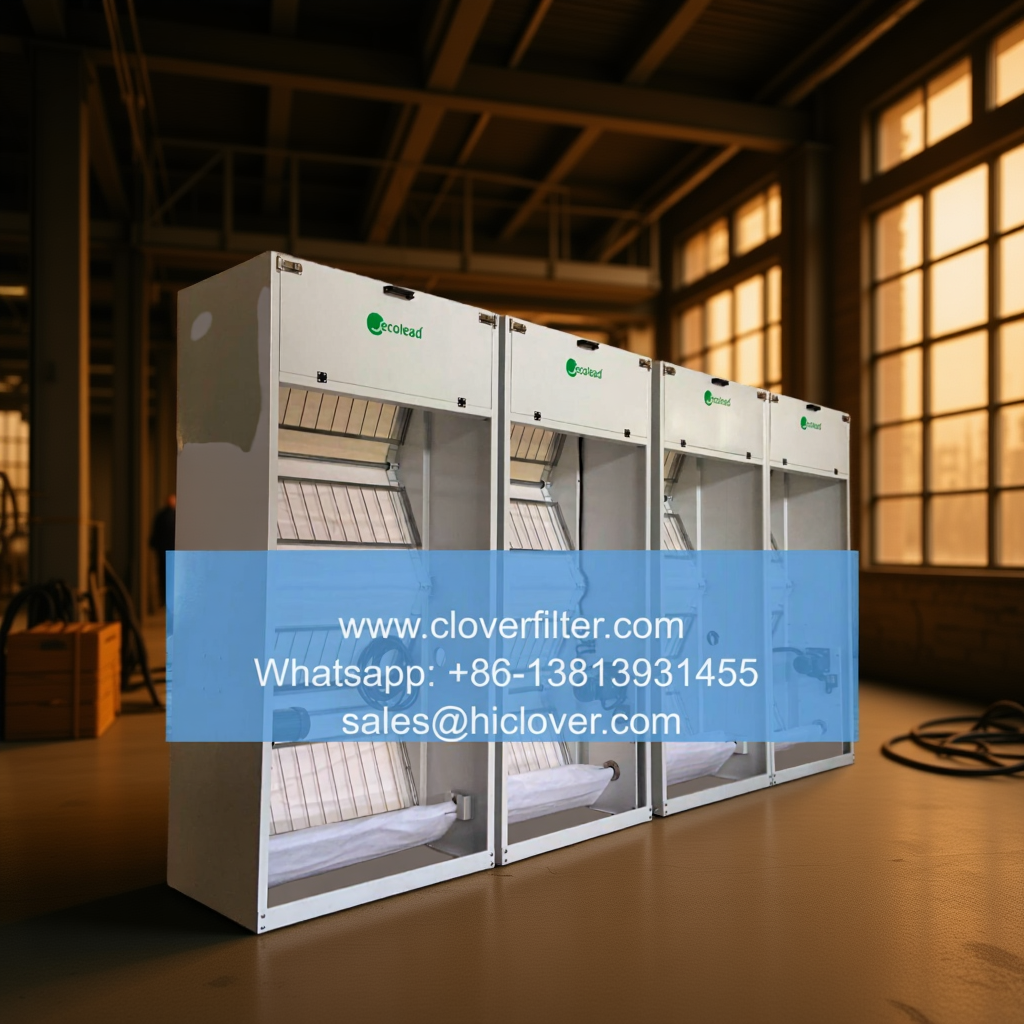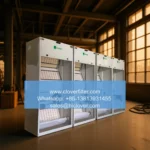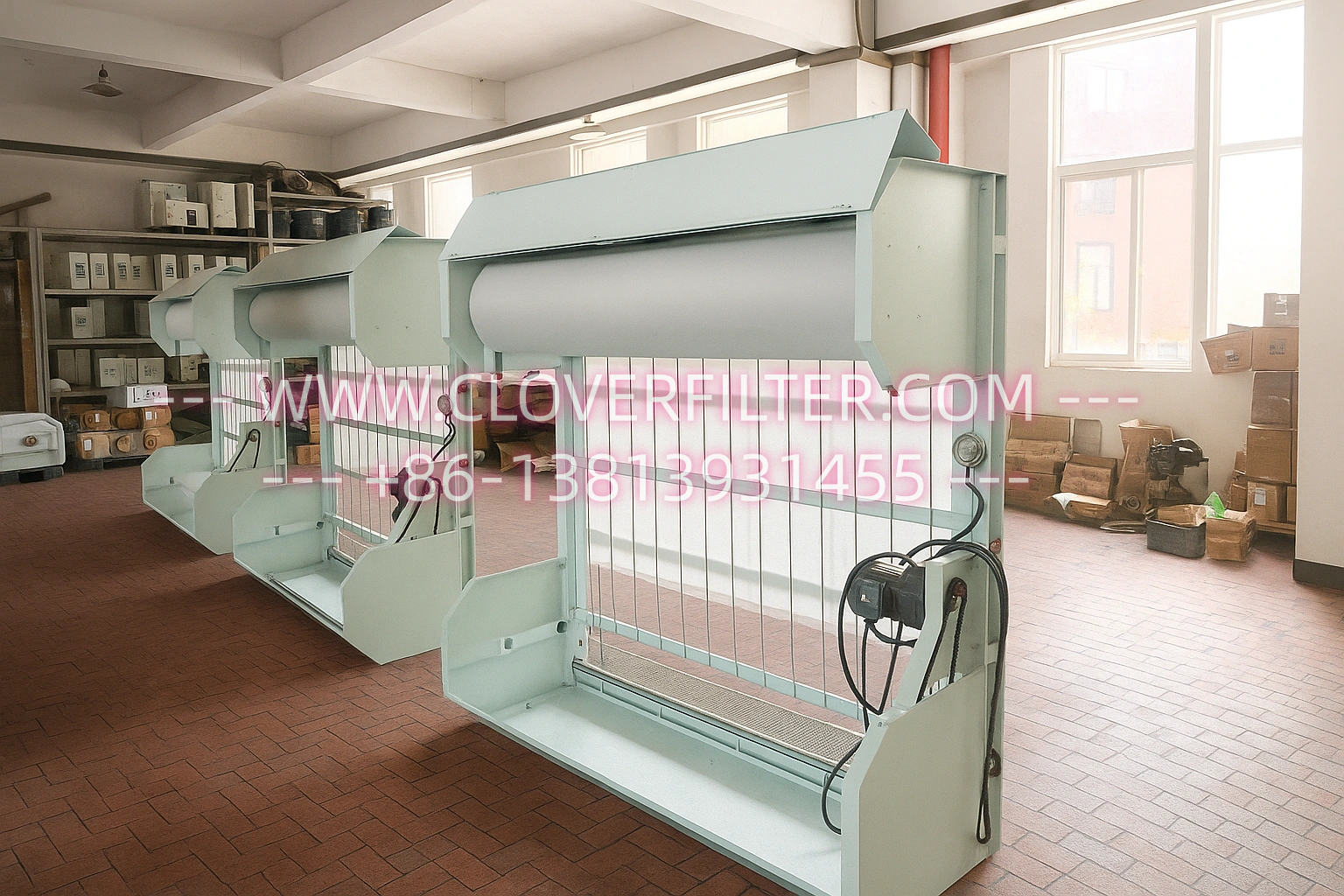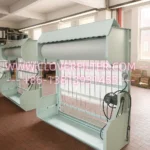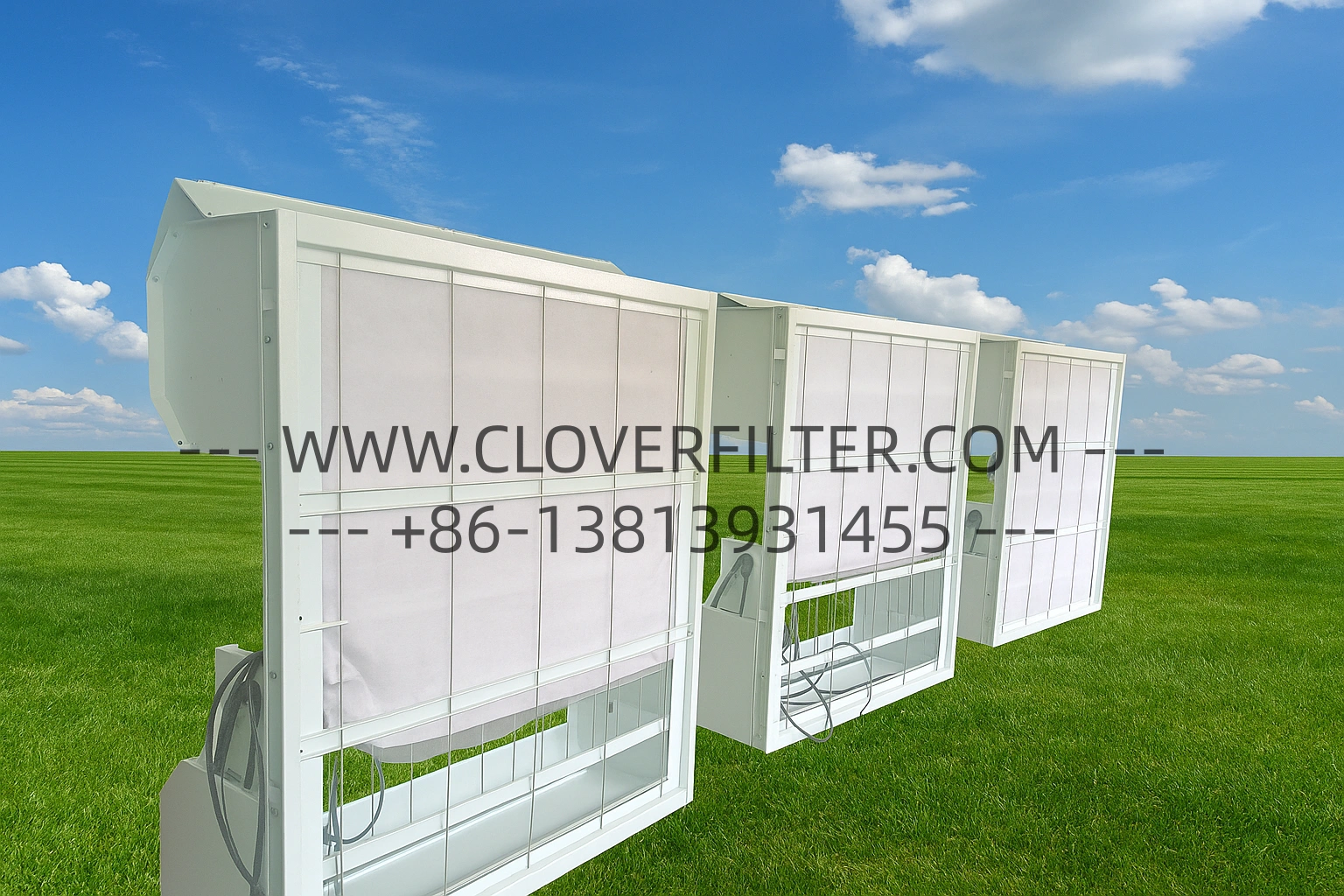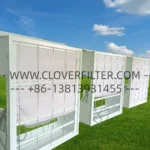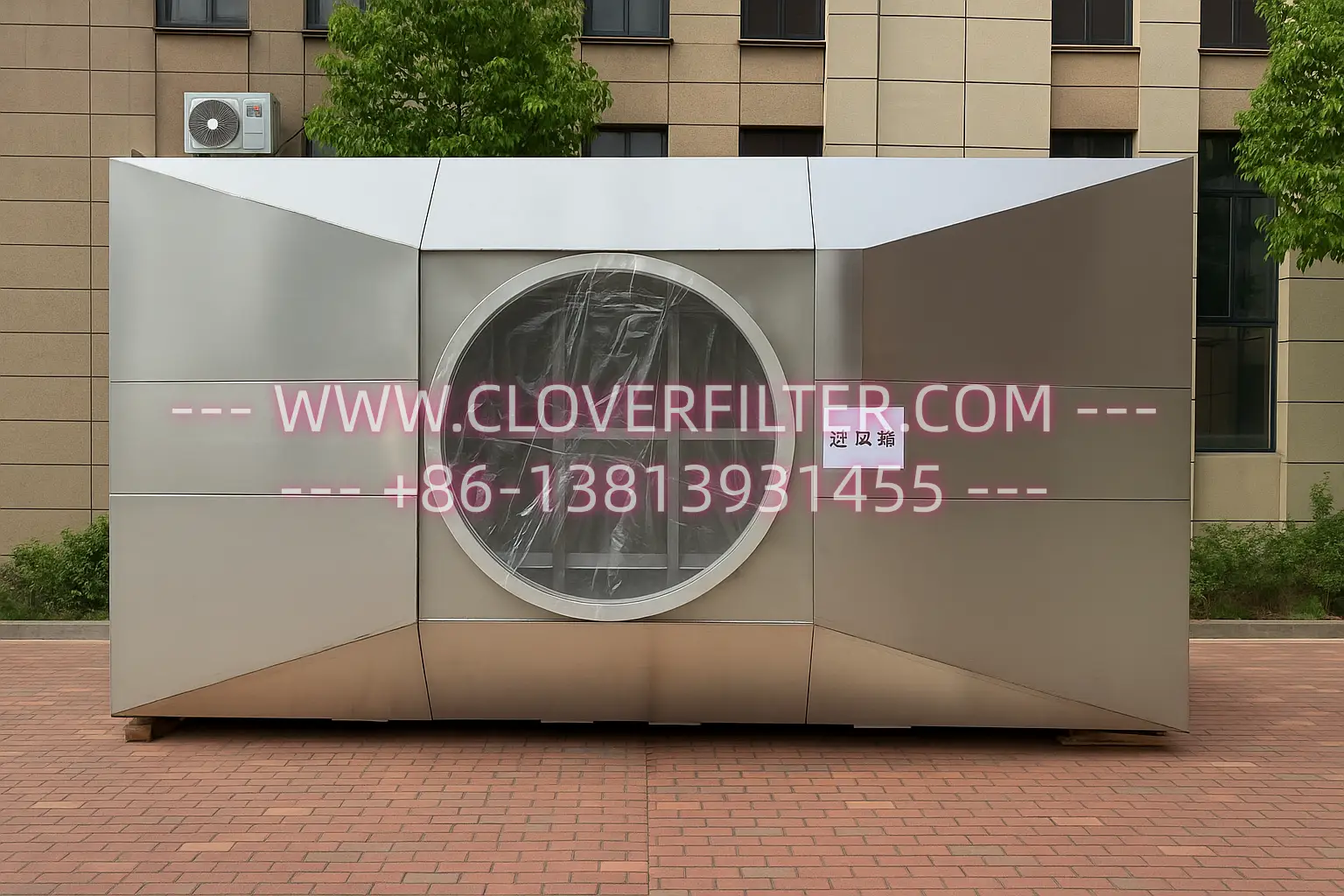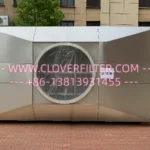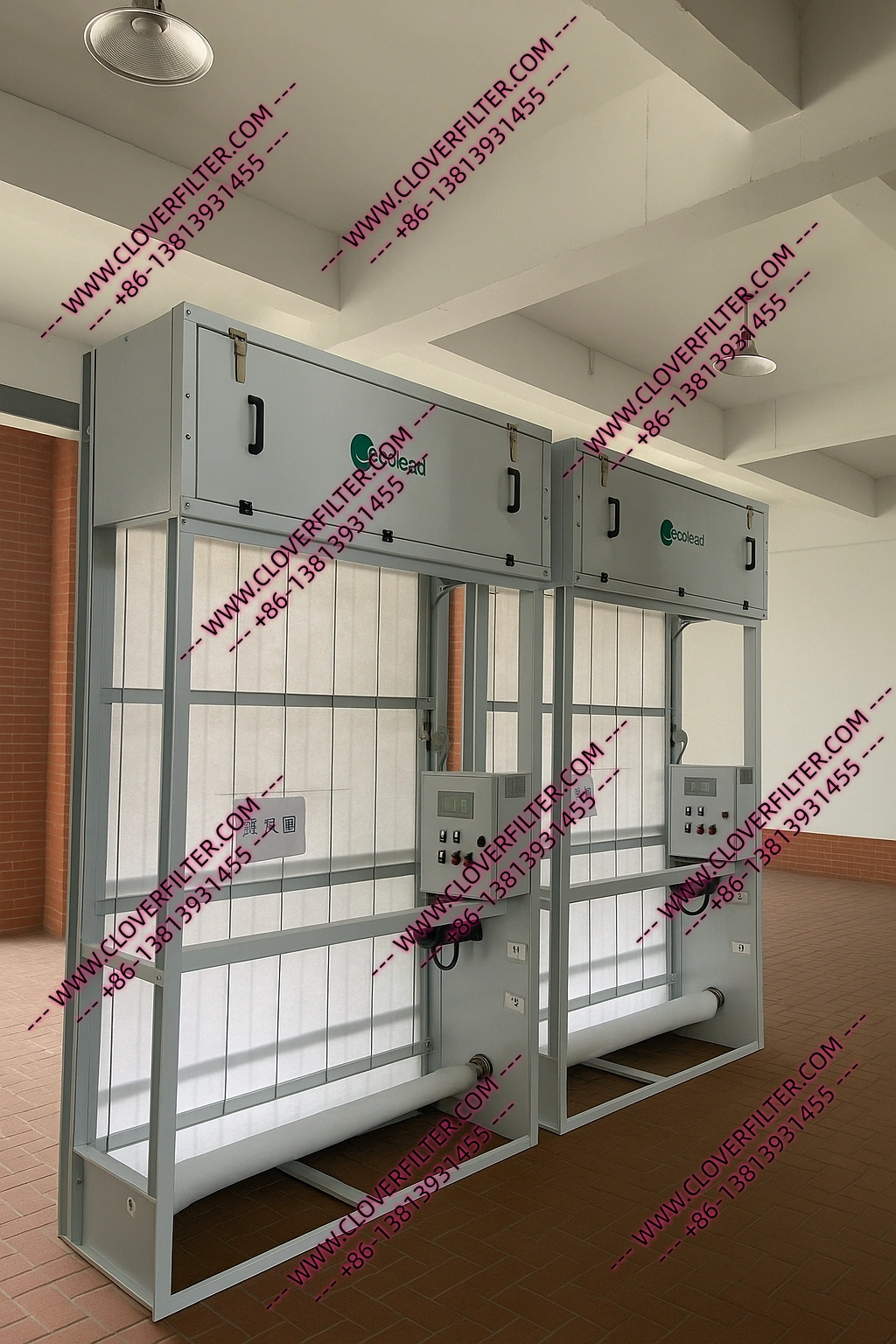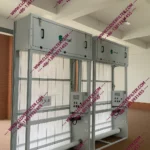Sistemas de Filtros de Aire Automáticos HICLOVER para los Sectores Minero, Energético y Petrolero en Australia
Las industrias extractivas de Australia —minería, energía y petróleo y gas— operan en algunos de los ambientes más exigentes del mundo. Las altas concentraciones de polvo, los vientos salinos y las emisiones de partículas finas requieren sistemas de filtración resistentes, automáticos e inteligentes.
Los filtros de aire automáticos HICLOVER ofrecen exactamente eso: una solución controlada por PLC (Controlador Lógico Programable) diseñada para un funcionamiento continuo en terminales mineras, centrales eléctricas y plataformas de extracción petrolera australianas.
Más información en www.cloverfilter.com.
1. Filtración de Aire para Terminales Portuarias Mineras
En los puertos de carga a granel de Australia Occidental y Queensland, donde se manejan miles de toneladas de hierro, bauxita y carbón cada día, las partículas suspendidas aumentan significativamente, saturando los filtros convencionales en salas de control, cintas transportadoras y ductos de ventilación.
El Filtro Automático Enrollable HICLOVER para terminales mineras resuelve este desafío con un sistema de medio filtrante auto-renovable que se activa automáticamente al superar el umbral de presión programado. El PLC monitorea la presión diferencial y avanza una nueva sección del filtro, manteniendo el flujo de aire constante y reduciendo la intervención humana.
Ventajas técnicas:
-
Alta capacidad de flujo de aire para sistemas de ventilación en torres de transferencia.
-
Diseño autolimpiante con compensación continua de carga de polvo.
-
Carcasa resistente a la intemperie, ideal para zonas costeras expuestas a salinidad.
-
Control energético optimizado gracias a la gestión estable de presión.
Descubre más sobre la línea industrial en www.cloverfilter.com/industrial-filters.
2. Filtración Inteligente con Control PLC en Centrales Mineras
Las centrales eléctricas mineras, alimentadas por diésel o gas, operan 24/7 y exigen sistemas automáticos de filtración que mantengan limpio el aire de combustión y refrigeración.
El sistema HICLOVER PLC-Controlado incluye:
-
Automatización por Controlador Lógico Programable con retroalimentación en tiempo real.
-
Sensores de presión diferencial para optimizar el avance del rollo.
-
Estructura anticorrosiva, ideal para regiones áridas o costeras.
-
Modo de seguridad integrado para mantener la operación incluso durante cortes eléctricos.
Su diseño modular facilita la integración en sistemas HVAC o entradas directas de aire, garantizando alta capacidad de ventilación en salas de motores, turbinas y compresores.
Más sobre sistemas automáticos de aire en www.cloverfilter.com/automatic-air-filter.
3. Filtración para Instalaciones Petroleras y de Gas
Las zonas de extracción de petróleo y gas de Australia —como el Estrecho de Bass y la Cuenca Occidental— enfrentan condiciones extremas: atmósferas corrosivas, partículas de hidrocarburos y polvo constante generado por el tráfico y la perforación.
El Filtro Automático Enrollable HICLOVER para instalaciones petroleras maneja altos volúmenes de aire manteniendo la integridad del sistema. Su mecanismo autoavanzable garantiza una prefiltración estable para compresores, turbinas de gas y sistemas HVAC de módulos habitacionales.
Características clave:
-
Marcos de acero inoxidable para entornos marinos.
-
Avance automático del medio filtrante sin interrupciones.
-
Interfaz PLC compatible con sistemas SCADA de monitoreo central.
-
Opciones eléctricas a prueba de explosión para zonas clasificadas.
Ideal para operaciones offshore y onshore que exigen sistemas robustos y de bajo mantenimiento.
Más sobre soluciones energéticas: www.cloverfilter.com/energy-sector.
4. Automatización y Eficiencia Energética
Los filtros automáticos HICLOVER integran diagnósticos en tiempo real, alertas automáticas de fallas y algoritmos de ahorro energético que ajustan el sistema según las condiciones ambientales.
Al mantener el flujo de aire limpio y constante, se evita la sobrecarga de ventiladores y enfriadores, mejorando directamente la eficiencia energética y la vida útil del equipo.
Gracias a su control PLC, los operadores pueden monitorear y ajustar parámetros de forma remota, adaptándose a la variación estacional del polvo sin necesidad de limpieza manual.
Consulta opciones de automatización industrial en www.cloverfilter.com/smart-filtration.
5. Por Qué Elegir HICLOVER
-
Fiabilidad comprobada en los sectores minero y energético australianos.
-
Operación continua automática con mínimo mantenimiento.
-
Diseño modular adaptable a HVAC, procesos o tomas de aire industriales.
-
Cumple con normas AS/NZS, CE e ISO 9001:2015.
-
Fabricación de calidad certificada y soporte técnico global.
Desde los corredores de ventilación minera hasta las plantas costeras de energía, los sistemas automáticos HICLOVER ofrecen rendimiento constante y filtración inteligente para ambientes extremos.
Para especificaciones técnicas y compatibilidad, visita www.cloverfilter.com.
Contacto
Móvil (WhatsApp): +86-13813931455
Sitio web: www.cloverfilter.com
Correo electrónico: cloverfilter@gmail.com
![Sistemas de Filtros de Aire Automáticos HICLOVER para los Sectores Minero, Energético y Petrolero en Australia [es]](https://cloverfilter.com/hw/wp-content/uploads/2025/11/12ws.webp)
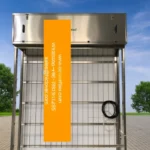
![Filtros de Aire Automáticos de Tipo Enrollable para Salas de Compresores en EE. UU. — Soluciones Horizontales de HICLOVER [es]](https://cloverfilter.com/hw/wp-content/uploads/2025/11/9ij-1.webp)
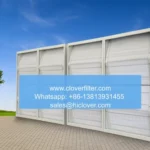
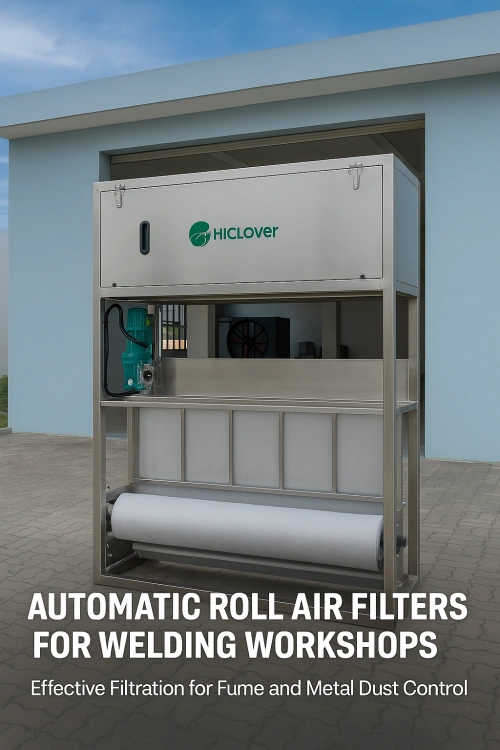
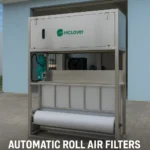
![[es] Filtros de Aire Automáticos de Tipo Enrollable para Salas de Compresores — Filtración Eficiente de Aire de Admisión en Aplicaciones Industriales](https://cloverfilter.com/hw/wp-content/uploads/2025/11/99j-1.webp)
